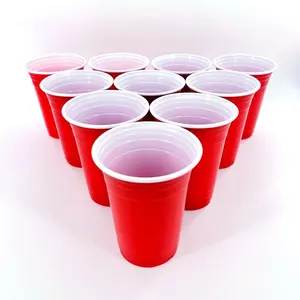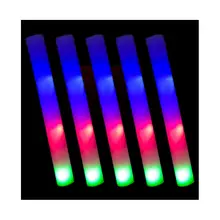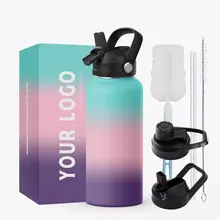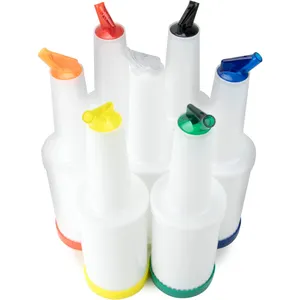A plastic carafe is a versatile and lightweight vessel designed for serving beverages. It typically features a narrow neck and a wide base, facilitating easy pouring. Plastic carafes with lids further prevent potential spills. Plastic carafes are popular for their practicality and suitability for various settings, such as restaurants, hotels, picnics, and households, where a lightweight and unbreakable option is preferred. They provide an alternative to traditional glass or ceramic options.
Materials of plastic carafes
Plastic carafes are manufactured from various types of plastics, each chosen for its unique attributes to fulfill the need for its contents. Polycarbonate, favored for its resilience and shatter resistance, becomes the go-to choice for outdoor applications, promising toughness against impacts. Tritan plastic, a BPA-free copolyester, marries exceptional clarity with chemical resistance and heat resilience, presenting a glass-like appearance coupled with durability, a common choice for plastic wine carafes. Transparent and lightweight acrylic emerges as a stylish indoor-outdoor alternative, while polypropylene, celebrated for its versatility, offers a lightweight and durable solution with excellent chemical resistance. PET (Polyethylene Terephthalate) is a clear and lightweight plastic, often used in single-use carafe-like containers or bottles for beverages. The selection of plastic depends on factors such as use, clarity needs, durability, and whether the carafe is intended for hot or cold beverages. Manufacturers prioritize adherence to food safety standards, ensuring suitability for beverage service.
Features of plastic carafes
Plastic carafes boast an array of features that elevate their functionality and aesthetic appeal. Crafted from durable materials like polycarbonate, Tritan plastic, lightweight acrylic, versatile polypropylene, and clear PET, these vessels cater to diverse needs. The durability and shatter resistance, especially notable in polycarbonate variants, make them versatile for both indoor and outdoor use. Tritan carafes provide exceptional clarity, rivaling glass and enhancing the visual presentation of beverages. Lightweight by design, these carafes ensure ease of handling, with some exhibiting heat resistance. For example, plastic coffee carafes would need to be designed with materials to accommodate a range of beverage temperatures. Stylish designs, various lid types, easy-grip handles, and multiple capacities add versatility and visual appeal. Some models emulate the design of beer pitchers, ideal for casual gatherings, while flip lids enhance convenience and prevent spills. Dishwasher-safe options offer easy maintenance, and their affordability positions plastic carafes as practical yet functional choices for serving water, juice, iced tea, and more.
Usage scenarios for plastic carafes
Remarkably versatile, plastic carafes seamlessly adapt to diverse scenarios, offering an array of solutions for varied environments and beverage needs. Outdoor events, picnics, and casual gatherings benefit from the lightweight and unbreakable nature of these carafes, ensuring a hassle-free serving experience for cold beverages. In formal indoor settings or upscale events, Tritan carafes mimic glass, adding a sophisticated touch to cold drink service. Their popularity extends to catering events, cafeterias, and buffets, offering practicality and convenience. Restaurants and cafés, especially those with outdoor seating, appreciate their durability and ease of handling. Hotels find them suitable for guest rooms, serving both cold and room-temperature beverages. Offices utilize them during meetings, and healthcare settings employ plastic water carafes for serving cold water to patients. From camping and everyday household use to self-service stations, plastic carafes prove adaptable, ensuring safety, convenience, and suitability for varying beverage temperatures.









































 浙公网安备 33010002000092号
浙公网安备 33010002000092号 浙B2-20120091-4
浙B2-20120091-4